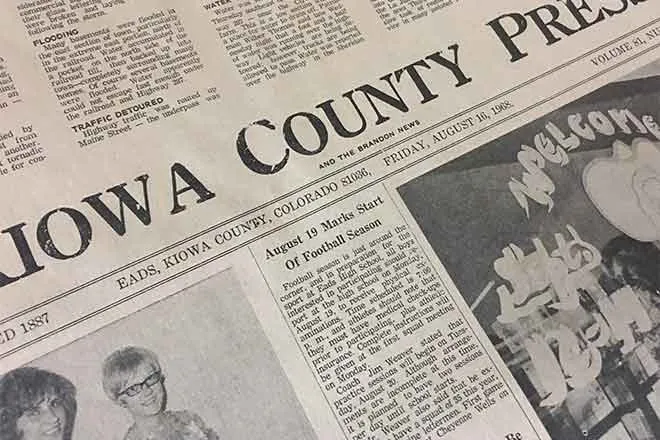
Wyoming women’s history rooted in hospital campus set for demolition
Click play to listen to this article.
(Wyoming News Service) The state has plans to demolish 26 Wyoming State Hospital buildings in Evanston, but some local residents believe the site, which dates back to 1886, is an important part of the town's cultural and historic fabric and should be preserved.
Vickie Fruits, a retired Wyoming State Hospital employee, worked for 37 years at the facility, which treated patients with mental illness. The hospital was the town's largest employer, and she said the majority of workers were women who played a range of roles, including some not traditionally held by women at the time.
"Registered nurses, LPNs, 'aides' back then but eventually they had to be certified nursing assistants, they would be in housekeeping, the cafeteria, social workers, doctors, quite a few female doctors," Fruits recounted.

© iStock - KatarzynaBialasiewicz
The hospital still operates in a consolidated newer building. Once a large residential facility with up to 600 residents at a time, it mostly offers outpatient services today. It was listed on the National Register of Historic Places in 2003. The Wyoming Department of Health has said the buildings are old and beyond repair, and could begin demolition as early as July of this year.
Proponents of preserving the campus pointed to feasibility studies showing repurposing buildings would cost about three million dollars less than demolition.
Jim Davis, chair of the Evanston Historic Preservation Commission, said the architecturally significant brick buildings are still in good shape, and could be turned into housing and other uses to fuel the local economy into the future.
"When the buildings were occupied by the state, there were full-time electricians, full-time carpenters, full-time painters," Davis explained. "The buildings have stood the test of time and have been well taken care of. And they can be repurposed."
The 110-acre campus sits atop a hill overlooking town, and was designed to aid in patient recovery. There are expansive lawns and shade trees, and there was once a lake where residents could go fishing. Fruits added the hospital was also a model for self-sustaining communities.
"When I first started up there, there was the post office, there was a bowling alley, there was a tennis and a basketball court," Fruits recalled. "We had a dairy and garden. We pretty much supplied all of our own food."

















